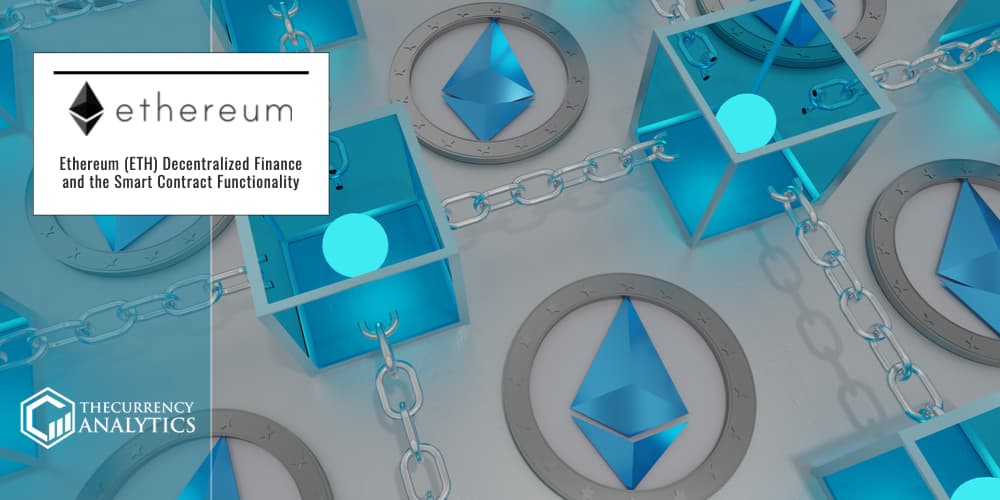
Anyone who puts in money wants to be in control of it. Recently, there is a lot of traction to Decentralized finance. Ethereum is a smart contract platform and decentralized finance (DeFi) as a financial infrastructure gained traction on top of it. The good thing about DeFi is that it does not depend upon intermediaries and centralized institutions. Decentralized Apps and Open Protocols on Ethereum network keeps it going.
A lot of applications are already there for DeFi. It is possible for one to buy the USD that is pegged to the value of a token, which is known as a stable coin. These assets are further invested in a decentralized lending platform and the user earns the interest. The investment becomes an interest bearing financial instrument. These instruments are added to a decentralized pool. The decentralized pool is also known as an on-chain investment fund.
Smart contracts have a major role to play in keeping the DeFi Protocols and applications functioning as they should. For those who are new to smart contracts, they are small applications which are stored on the blockchain. The function as coded in the smart contract to fulfill an application process is executed in parallel by validators. The validators ensure that any operation is getting executed correctly. There are too many validators and when compared to centralized systems smart contracts are kind of inefficient, but considering the security factor, it is preferred in the decentralized blockchain ecosystem. The risk of arbitrary intervention and manipulation is done away with.
Though the smart contract applications are lot similar to server based web applications, how they are different is that the user will be able to observe the internal logic of the application in a smart contract application, unlike in a regular server based web application where the user will not be able to do so. Also, any contract code which is stored in a blockchain is publically monitored by several network participants to ensure that it is legitimate.
Smart contracts are rich in the kind of instruction set used to manage them. It is possible to store crypto assets and therefore the smart contract can do the job of the custodian. A whole lot of customization can be done in deciding to whom the assets can be released to. Thus a wide variety of novel applications and flourishing ecosystems happen on the blockchain using the smart contracts.
Aided by the potential and flexibility of smart contracts DeFi ecosystem is where it is now. The value of assets locked in DeFi is increasing. The building blocks of DeFi are hierarchical. This means if one layer is compromised there will be security issues in the rest of the layer. However, to provide for security if permissioned layer is used, the idea of decentralization will be defeated.
In summary, the Defi Stack consists of the Settlement layer, the asset layer, the protocol layer, the application layer, and the aggregation layer.
Feel free to tip our writers if you like this article 🙂
Donate Via this link: https://thecurrencyanalytics.com/donate/
Thank you and don’t forget to share it everywhere..

Get the latest Crypto & Blockchain News in your inbox.